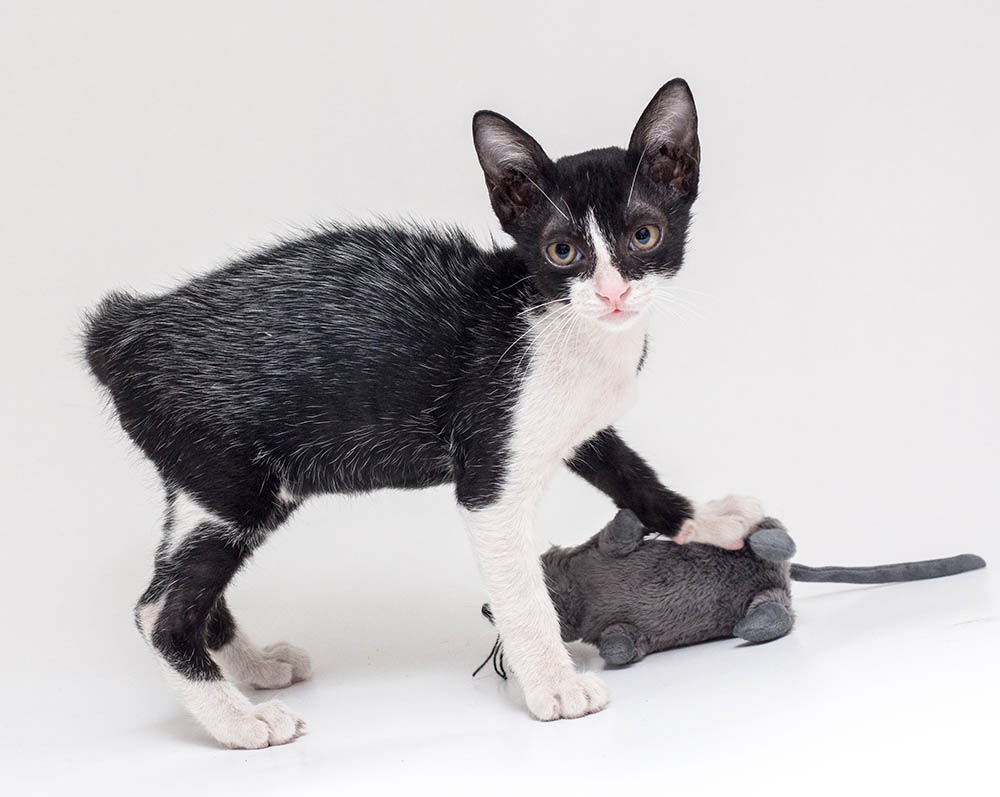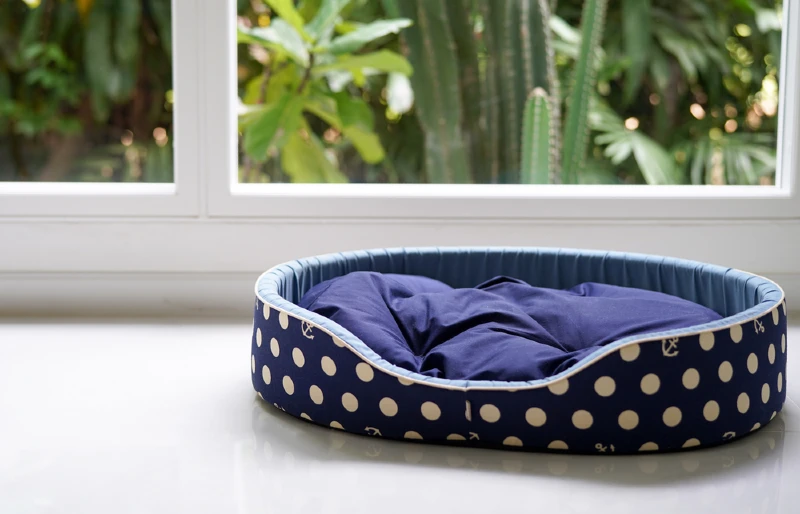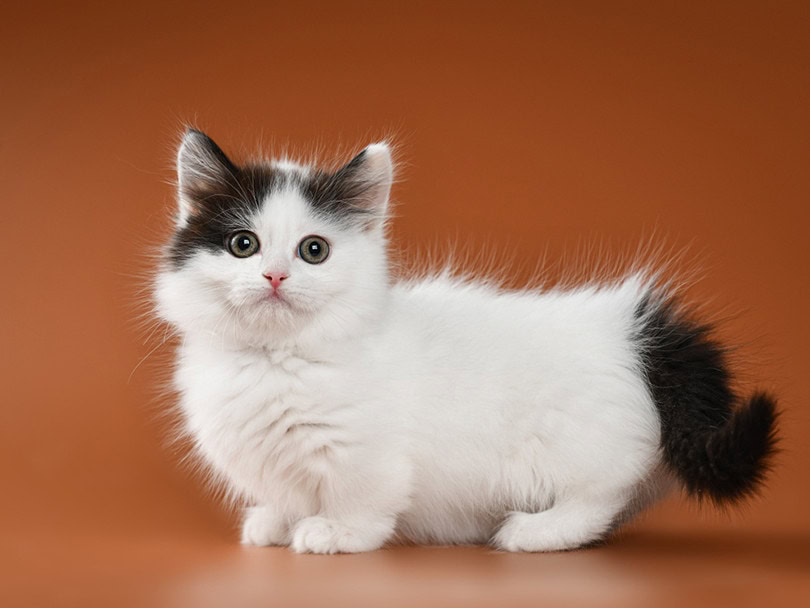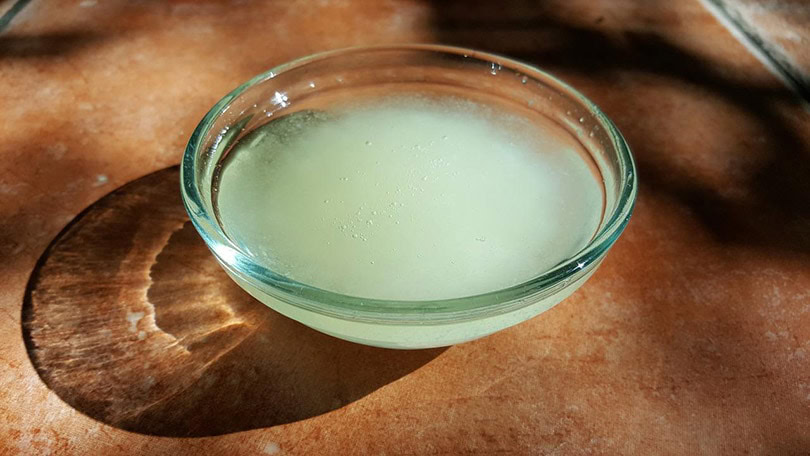Click to Skip Ahead
Kittens are amazing and at times, downright magical to behold. They can make you laugh when you’re feeling down, leap tall objects in a single bound, and sometimes even change colors! But how can this even happen?
It may seem like a nonsensical idea, but a kitten that has a fever coat can and will change colors. The name may have negative connotations, but it’s actually harmless (and impermanent). It occurs when a pregnant cat goes through a high fever, and her kittens are then born with a coat that gradually changes color.

What Is Fever Coat?
Fever coat, or stress coat, is a phenomenon that doesn’t occur often. It results when a pregnant cat is subjected to a high fever, overwhelming stress, or certain medications.1 When one of these things happens, the coats of the mother’s babies are affected and do not develop as they should.
Since the pigmentation in a feline’s coat is sensitive to temperature, a higher womb temperature means the pigments in the kittens’ coats don’t get deposited as they normally would. The result is kittens born one color that gradually changes into another!
Kittens born with fever coats tend to have silver, red/brown, or cream coats. Often, the roots of their fur will be darker and lighten as the fur extends from the body. Fever coats can happen in any type of cat—patterned or solid—and don’t last for long. It only takes a few months to a year for a kitten’s coat to change to the color it should be.
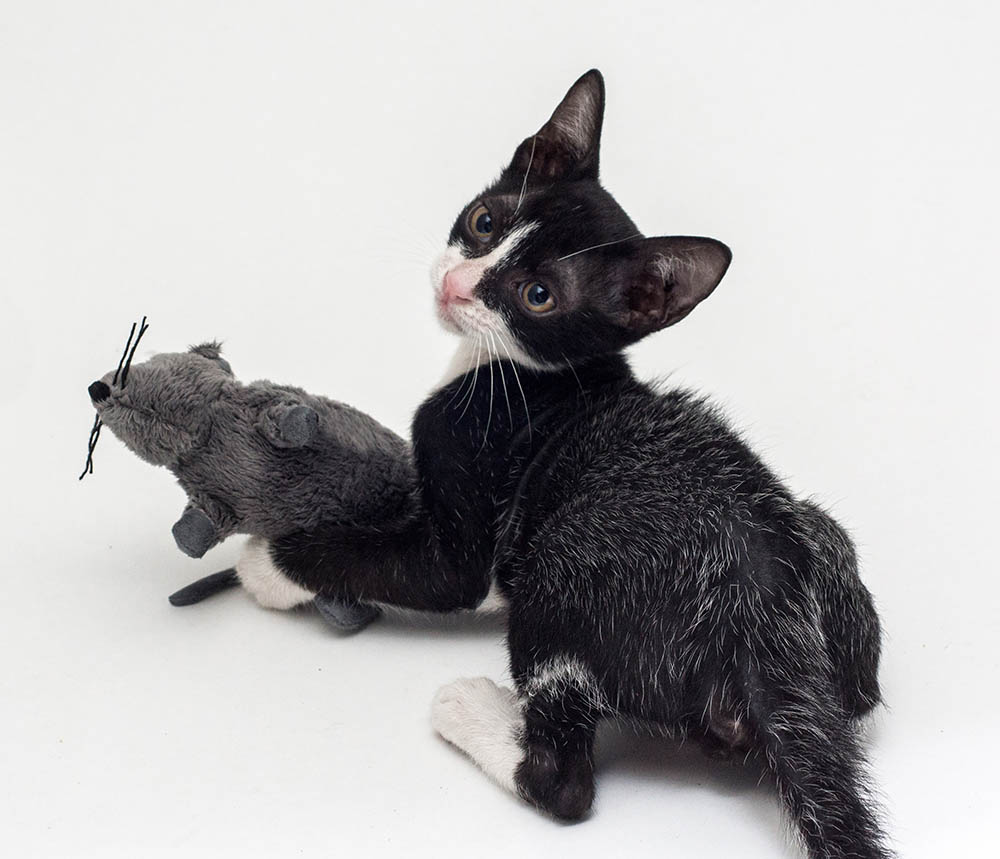
Does a Fever Coat Have Any Negative Effects?
Nope, not at all! A fever coat in a cat is purely a pigmentation issue, so there will be no lingering problems after the coat changes colors. Despite the “fever” in the name indicating possible harmful effects, there won’t be any health issues, genetic abnormalities, or anything else of the kind. The only potential negative is if you prefer the kitten’s original coat more than the one to which it changes.

The 3 Fever Coat Types
There are a few different types of fever coats that a cat can have.
1. Color Patches
Some kittens will develop color patches, which means some of their coat is the correct color, while other parts are the fever coat color. A good example of this would be a brown tabby that has the correct coloring on their head and tail but has fever coat coloring on their stomach. Another example would be a kitten whose coat is lighter at the roots but has their typical coloring on the tips of the fur.
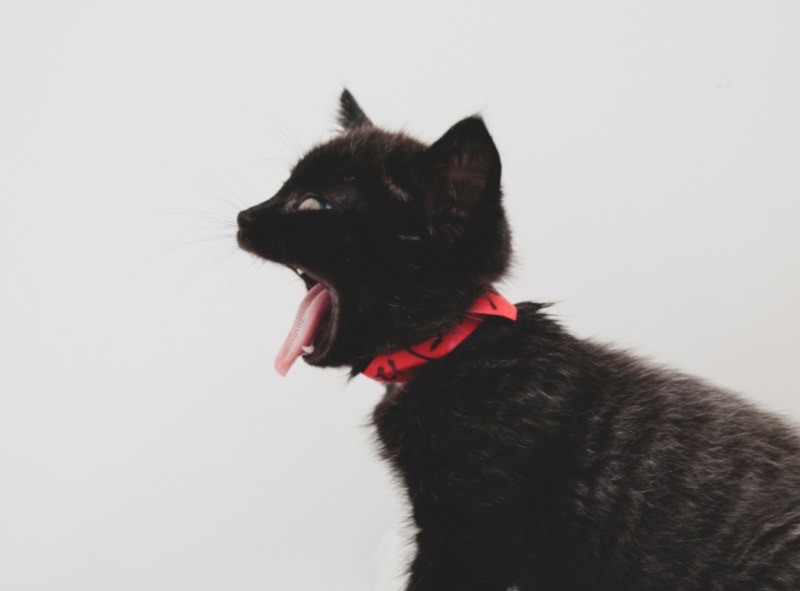
2. Dorsal Stripes
Dorsal stripes are a rarer type of fever coat. Think about the stripes on a tabby cat, but imagine them in red, grey, or white. It’s pretty adorable (black kitties with white stripes look like little skunks!). Like the other types of fever coats, though, this, too, will eventually fade away into the correct color.
3. Color All-Over
Color all-over is probably the most common type of fever coat. It occurs when a kitten is born completely silver, red, or white, but look closely, and you will see a hint of what their real coat will look like underneath that. A great example of this is Bruce the cat: You can watch his complete change in this video!


Conclusion
While the name may sound a little frightening, a fever coat is nothing to be concerned over. It’s just a matter of the pigmentation being off in a kitten’s coat due to the mother cat having a high fever, stress, or certain medications while pregnant. So, if your cat has a fever coat—whether it be their entire coat or stripes or patches—just sit back, and enjoy having a neat story to tell your friends about your magical pet!
Featured Image Credit: Tongik, Shutterstock
